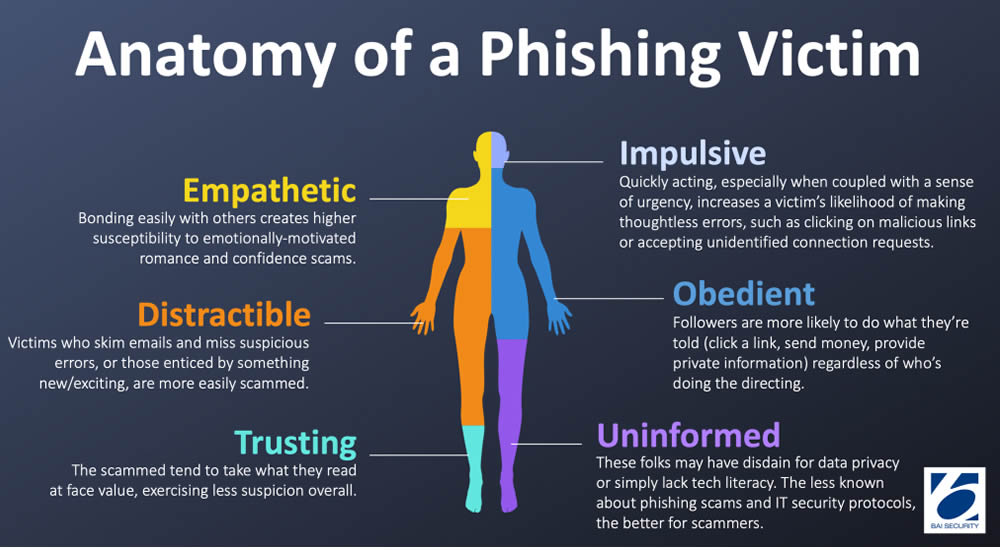In the dynamic realm of cybersecurity, navigating the emotional triggers exploited by hackers is crucial for safeguarding against phishing attacks. Emotions serve as powerful tools for cybercriminals, and understanding their tactics is the first line of defense. Let’s explore the frequently manipulated emotions by hackers and learn how to fortify ourselves against their strategies.

1. Curiosity: The Deceptive Lure
Curiosity, a fundamental human trait, is often exploited when hackers promise something of interest to deceive victims. Emails claiming pending purchases or tempting offers activate our curiosity, making us more susceptible to clicking on malicious links. Resisting the allure of deceptive emails requires staying focused and maintaining a skeptical approach.
2. Greed: Tempting Offers and Illusions
The allure of easy money is a well-known tactic employed by hackers. Whether it’s an unbelievable price drop on a desired item or the infamous “To claim your prize, click here!” greed becomes a vulnerability. Resisting the guilt-trap associated with tempting bargains involves avoiding the urge to click on enticing links and maintaining a critical mindset.
3. Fear: The Pervasive Manipulator
Fear, one of the most powerful human emotions, is commonly used by malicious actors. Urgent emails threatening police action or an email stating that your online bank account has been compromised prey on our fears, compelling us to click impulsively. During the pandemic, malevolent actors have deceptively notified workersthat a team member has been diagnosed with the virus, urging them to review safety instructions. In reality, this is a nefarious attachment designed for malicious purposes. Recognizing fear-inducing tactics is crucial for resisting the pressure and avoiding falling into the phishing trap.
4. Helpfulness: Exploiting Obedience
Our innate willingness to be helpful becomes a target for social engineers. If faced with a situation triggering your helpful nature, consider reaching out through a different channel, such as a call or text, to verify the legitimacy of the request.
5. Hierarchy and Authority: Questioning Requests
Research shows that people tend to comply with requests from authority figures, a tactic often exploited by hackers. When faced with a request from a higher-up, take the time to verify through alternative means, such as a call or text. Pressure to please a boss should not override the need for caution and authentication.
6. Over Confidence: Illusions of Superiority
Exaggerating our abilities through the lens of superiority bias can lead to unwarranted optimism regarding our capacity to identify phishing emails. Regardless of our level of computer savvy, manipulating our amygdala can compromise our judgment. Acknowledging this tendency and adopting a vigilant stance towards all emails can serve as a crucial step in mitigating overestimation, and preventing susceptibility to phishing attacks.
In a world filled with constant stimuli, mastering the emotional minefield of phishing requires staying mentally present and aware of the tactics employed by hackers. Phishing scams are becoming increasingly sophisticated, using a variety of tactics to manipulate our emotions. By staying vigilant, understanding these emotional situations, and implementing security best practices, we can navigate the phishing landscape with confidence and protect ourselves from falling prey to cyber threats.

